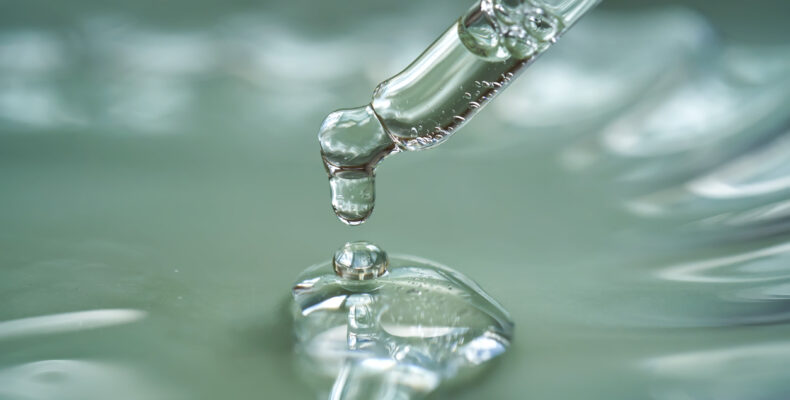
What happens when your cosmetic method gives rise to therapeutic effects?
There are many innovations in the cosmetic sector that can be the subject of patent applications and these may be a valuable asset to companies. However, European patent applications for cosmetic uses and methods can receive objections that they relate to non-patentable subject matter if they are considered to encompass a therapeutic method.
Like many patent offices, the European Patent Office prohibits the grant of patents to “methods for treatment of the human or animal body by surgery or therapy and diagnostic methods practised on the human or animal body” (Article 53(c) EPC).
This has huge implications. If a cosmetic method is considered to also involve or encompass a method of treatment, it will be deemed unpatentable, even if a therapeutic method was not intended and the aim of the method was purely cosmetic.
For example, it would be easy to mistake a method of whitening human teeth for a purely cosmetic method. However, it has been held both in the UK courts and at the EPO (T290/86) that, despite being intended for a cosmetic use, methods for the removal of dental plaque inevitably have therapeutic benefits in preventing cavities and periodontal disease. As it is not possible to separate the therapeutic effect from the cosmetic effect in this case, the patent application cannot be limited to the cosmetic effect, therefore the method was considered unpatentable.
Consequently in instances in which the cosmetic effect is considered to be inevitably and inextricably linked to a corresponding therapeutic effect, the invention will be considered unpatentable.
However, in some circumstances, if the cosmetic effect is clearly identifiable and can be separated from the therapeutic effect, the existence of a possible therapeutic effect in a cosmetic method should not prevent the method from being patentable.
For example, a distinction between therapeutic and non-therapeutic uses of the same method or product has been established by the European Patent Office Board of Appeal in cases such as T144/83 and T 584/88. In T 584/88 a patent application directed to a treatment of snoring was regarded as either therapeutic in cases where the snoring was harmful to health, or non-therapeutic if the snoring was merely troublesome. In this case it was accepted that although it was difficult to draw a precise boundary between harmful or merely troublesome snoring, this should not prevent the acceptance of a method claim for the latter. So in T 584/88, the Board could effectively distinguish between two groups of subjects; those suffering from unhealthy snoring and those suffering from disturbing snoring. This is also the case in T 144/83 where a distinction between subjects suffering from being slightly overweight and those suffering from obesity allowed the cosmetic effect to be separated from the therapeutic use.
In a more recent case, T1916/19, a non-therapeutic method comprising the application of a gel with high antimicrobial properties for the purpose of improving body odour was considered by the European Patent Office Examining Division, inseparably associated with a therapeutic antimicrobial effect on the basis that it would also remove pathogenic bacteria providing a prophylactic effect against infectious agents. On appeal the Board of Appeal disagreed with the Examining Division considering that depending on the circumstances, the claimed method may be of a non-therapeutic nature or of a therapeutic nature. For example, removing non-pathogenic bacteria responsible for unpleasant body odour by applying a deodorant composition is not therapeutic, but purely cosmetic. The Board allowed a disclaimer in the claim limiting to non-therapeutic methods and excluding therapeutic methods.
In T 36/83 the description expressly disclosed two very different properties of a compound used in the treatment of comedones, i.e. its anti-bacterial and its hygienic action. In this case the use of the term “cosmetic” in the claims allowed the exclusion of the non-patentable therapeutic treatment from a non-therapeutic method claim by means of a disclaimer.
In these cases, a method may be therapeutic or cosmetic depending on the consumer using the product, the intended use of the product or the subject being treated. Thus clearly setting out in the patent application a distinction between the uses or expressly stating “cosmetic”, referring to “a non-therapeutic method” or using a disclaimer to exclude the therapeutic use, might be acceptable to distinguish between the cosmetic and therapeutic effect. But still, the distinction between the effects needs to be clearly identifiable and the effects must not be “inextricably linked” or “inseparably associated” with each other. For example, in T1635/09 and T767/12 the claimed method was found to intrinsically encompass therapeutic effects and so a disclaimer to define the claimed method as “non-therapeutic” did not change the situation.
Thus it is important to consider whether a cosmetic method, and the patent application claim to that method, could incidentally involve or encompass any therapeutic effects, and if that is the case it should be considered whether those therapeutic effects are clearly distinguishable from the cosmetic effect and so deemed not covered by the patent application claims. Whether or not the therapeutic effect and the cosmetic effect are distinguishable might come down to what is described in the patent application and the wording of the claim in question. This highlights the importance of careful drafting of European patent applications in the cosmetic sector, making it well worth seeking assistance from a European patent attorney.
Barker Brettell has a dedicated cosmetic sector group. If you would like to discuss options for protecting your invention, please get in touch with one of the authors Ana Vesperinas, or Lucy Trueman; or contact your usual Barker Brettell attorney.




